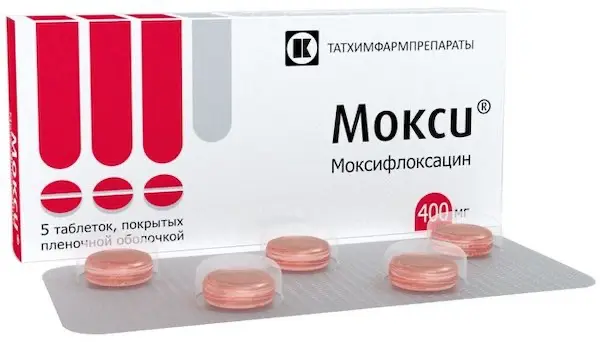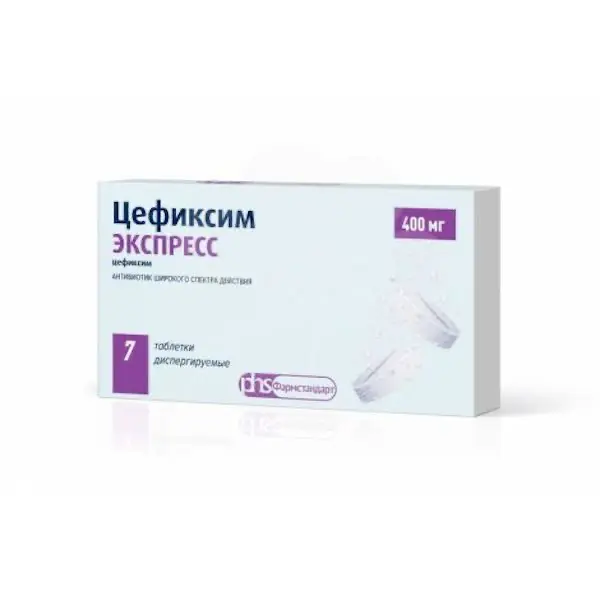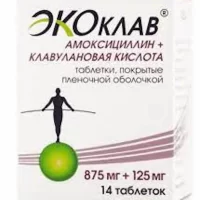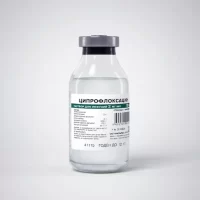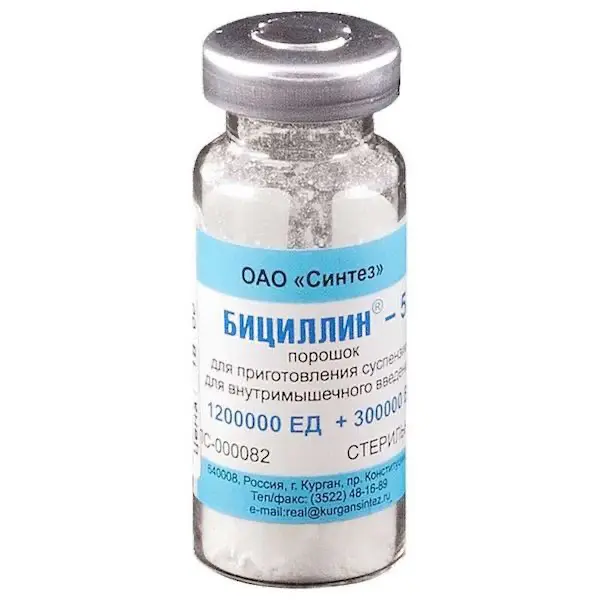Description
Moxie Pharmacodynamics
Mechanism of action
Moxifloxacin is a broad spectrum bactericidal antibacterial drug, 8-methoxyfluoroquinolone. Bactericidal action of the drug is due to the inhibition of bacterial topoisomerases II and IV, which leads to disruption of replication, repair and transcription of DNA biosynthesis of the microbial cell and, consequently, to the death of microbial cells. Minimum bactericidal concentrations of moxifloxacin are generally comparable to its minimal inhibitory concentrations (MIC).
Mechanisms of resistance
The mechanisms leading to the development of resistance to penicillins, cephalosporins, aminoglycosides, macrolides, and tetracyclines do not affect the antibacterial activity of moxifloxacin. Cross-resistance between these groups of antibacterial agents and moxifloxacin has not been observed. No cases of plasmid resistance have been observed so far either. The overall incidence of resistance is very low (10-7 to 10-10). Resistance to moxifloxacin develops slowly through multiple mutations. Repeated exposure of microorganisms to moxifloxacin in concentrations below the MIC is accompanied by only a slight increase in the MIC. There are cases of cross-resistance to quinolones. Nevertheless, some gram-positive and anaerobic microorganisms resistant to other quinolones retain sensitivity to moxifloxacin.
It was found that the addition of methoxy group in C8 position in the structure of moxifloxacin molecule increases the activity of moxifloxacin and reduces the formation of resistant mutant strains of Gram-positive bacteria. The addition of the bicycloamino group at the C7 position prevents the development of active efflux, a mechanism of resistance to fluoroquinolones.
Moxifloxacin in vitro is active against a wide range of Gram-negative and Gram-positive microorganisms, anaerobes, acid-fast bacteria and atypical bacteria such as Mycoplasma spp., Chlamydia spp., Legionella spp. as well as bacteria resistant to beta-lactam and macrolide antibiotics.
Indications
Infectious and inflammatory diseases caused by microorganisms sensitive to moxifloxacin:
– Uncomplicated infections of the skin and subcutaneous structures;
– community-acquired pneumonia, including community-acquired pneumonia whose causative agents are strains of microorganisms with multiple resistance to antibiotics*;
– complicated infections of the skin and subcutaneous structures (including infected diabetic foot);
– complicated intra-abdominal infections, including polymicrobial infections, including intraperitoneal abscesses;
– uncomplicated pelvic inflammatory diseases (including salpingitis and endometritis).
For the treatment of the following infectious and inflammatory diseases moxifloxacin may be used only as an alternative to other antimicrobial agents:
– Acute sinusitis;
– exacerbation of chronic bronchitis;
*Streptococcus pneumoniae with multiple antibiotic resistance includes penicillin-resistant strains and strains resistant to two or more antibiotics from groups such as penicillins (at MIC ≥ 2 µg/mL), second-generation cephalosporins (cefuroxime), macrolides, tetracyclines, and trimethoprim/sulfamethoxazole.
Current official guidelines on the use of antibacterial agents must be taken into consideration.
Contraindications
– Hypersensitivity to moxifloxacin, other quinolones or any other component of the drug;
– under 18 years of age;
– Pregnancy and breastfeeding;
– history of tendon pathology, developed as a result of treatment with quinolone antibiotics;
– the use of moxifloxacin leads to prolongation of the QT interval. Due to this, the use of moxifloxacin is contraindicated in patients with the following categories: congenital or acquired documented prolongation of the QT interval, electrolyte disorders, especially uncorrected hypokalemia; clinically significant bradycardia; clinically significant heart failure with reduced left ventricular ejection fraction; history of rhythm disturbances accompanied by clinical symptomatology;
– moxifloxacin should not be used with other drugs that prolong the QT interval (see section “Interaction with other medicines”);
– Due to the limited amount of clinical data, the use of moxifloxacin is contraindicated in patients with hepatic impairment (class C according to the Child-Pugh classification) and patients with transaminases elevated more than 5 times the upper limit of normal.
Dosage and administration
- Orally, regardless of meals, 400 mg (1 tablet) once a day. Do not exceed the recommended dosage.
- The tablet should be swallowed whole, without chewing, with plenty of water.
The duration of therapy is determined by the localization and severity of the infection, as well as the clinical effect. - Recommended course of treatment with moxifloxacin:
– acute sinusitis – 7 days;
– Acute exacerbation of chronic bronchitis – 5-10 days;
– Uncomplicated infections of the skin and subcutaneous structures – 7 days;
– community-acquired pneumonia – total duration of step therapy (intravenous injection followed by ingestion) is 7-14 days;
– Complicated infections of the skin and subcutaneous structures – the total duration of stepped therapy with moxifloxacin (intravenous infusion followed by ingestion) is 7-21 days;
– Complicated intra-abdominal infections – the total duration of staged therapy (intravenous infusion followed by ingestion) is 5-14 days;
– Uncomplicated inflammatory diseases of the pelvic organs – 14 days. - The recommended duration of treatment should not be exceeded.
- According to clinical studies, the duration of treatment with moxifloxacin tablets can reach 21 days.
- Patients of elderly age.
Alteration of the dosage regimen in elderly patients is not required. - Children
Efficacy and safety of moxifloxacin in children and adolescents under
18 years old has not been established. - Liver dysfunction
Patients with liver function disorders (class A, B according to Child-Pugh scale) do not require change of dosage regimen (for use in patients with cirrhosis, see section “Cautions”). - Renal failure
In patients with impaired renal function (including in severe renal failure with creatinine clearance ≤ 30 ml/min/1.73 m2) as well as in patients on continuous hemodialysis and long-term ambulatory peritoneal dialysis it is not required a change of dosage regimen. - Use in patients of different ethnic groups
No change in dosing regimen is required.

